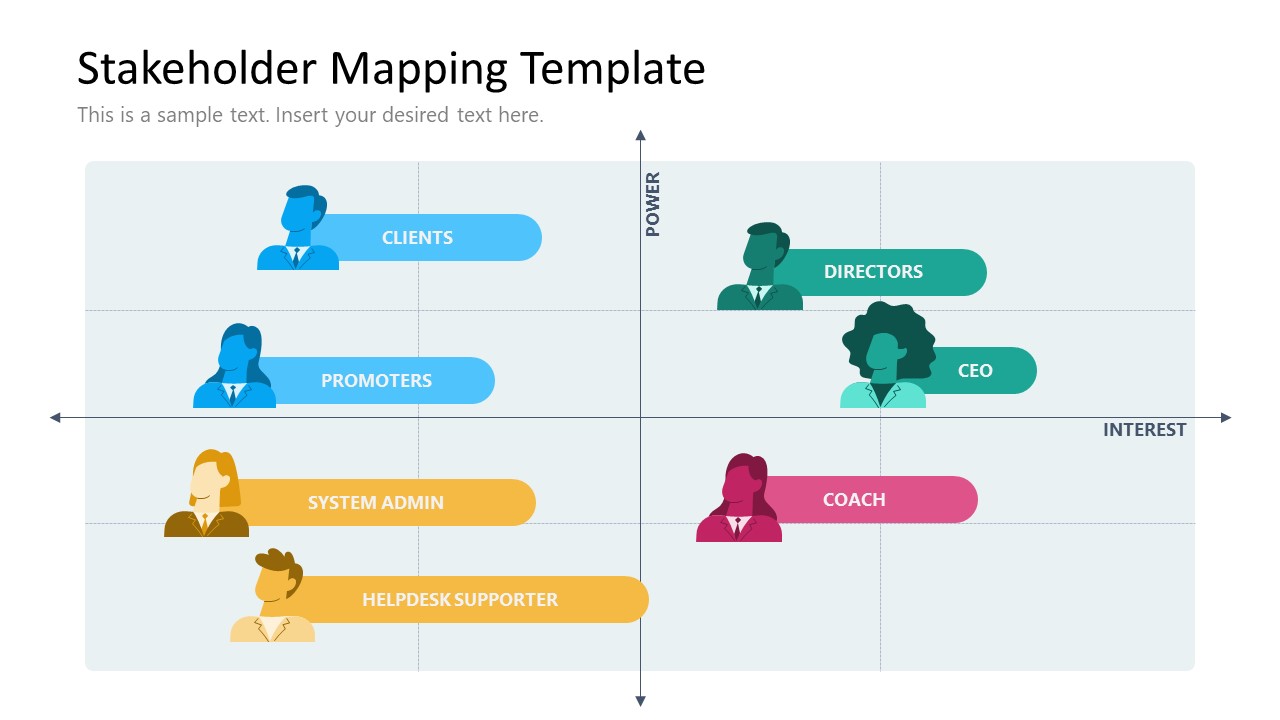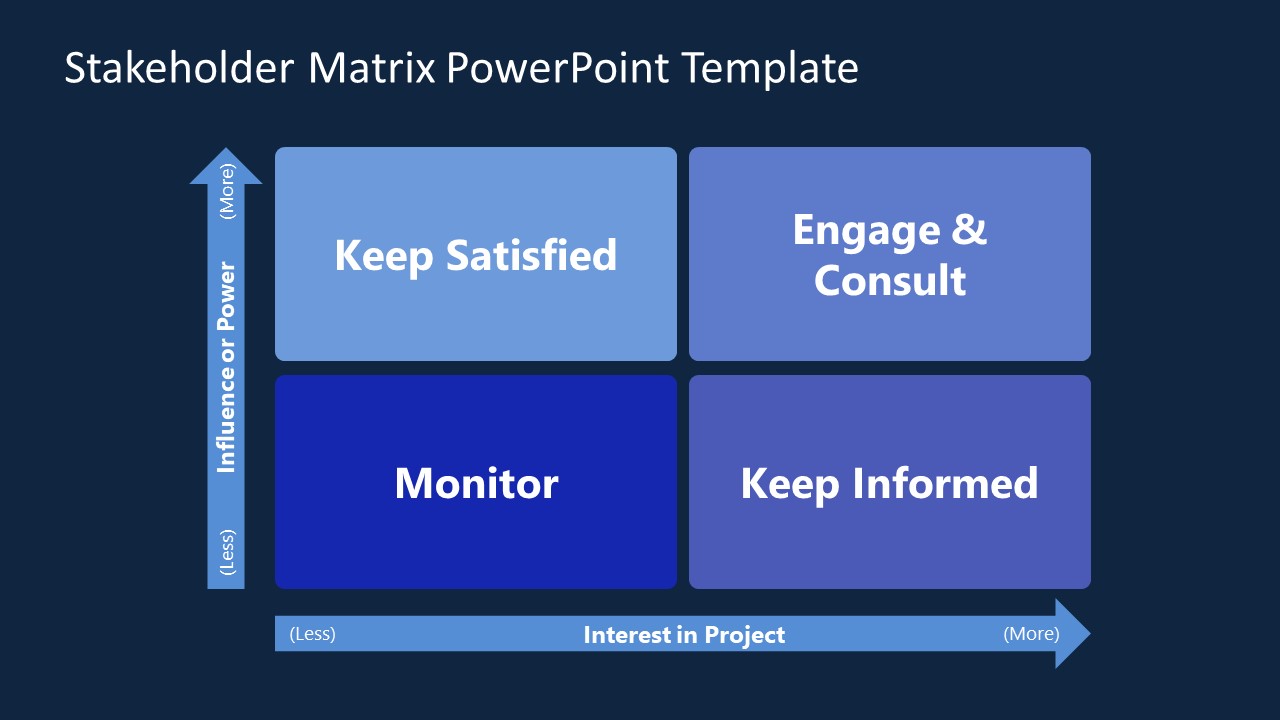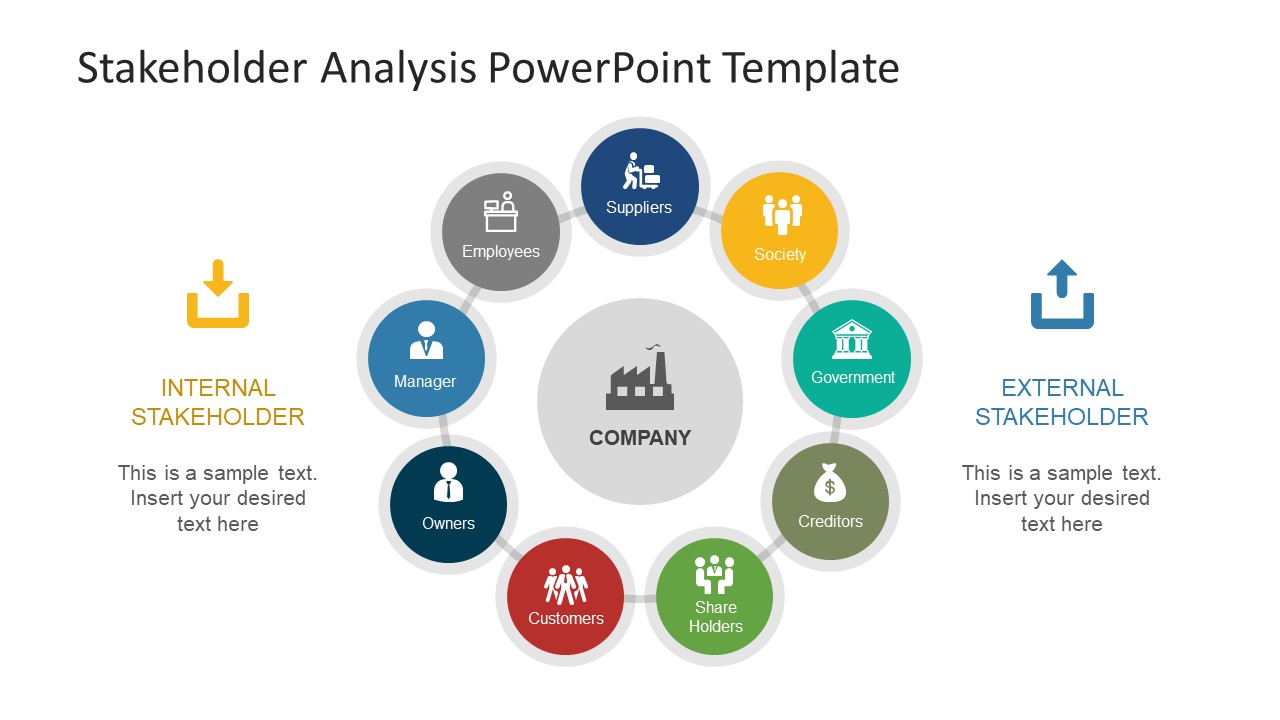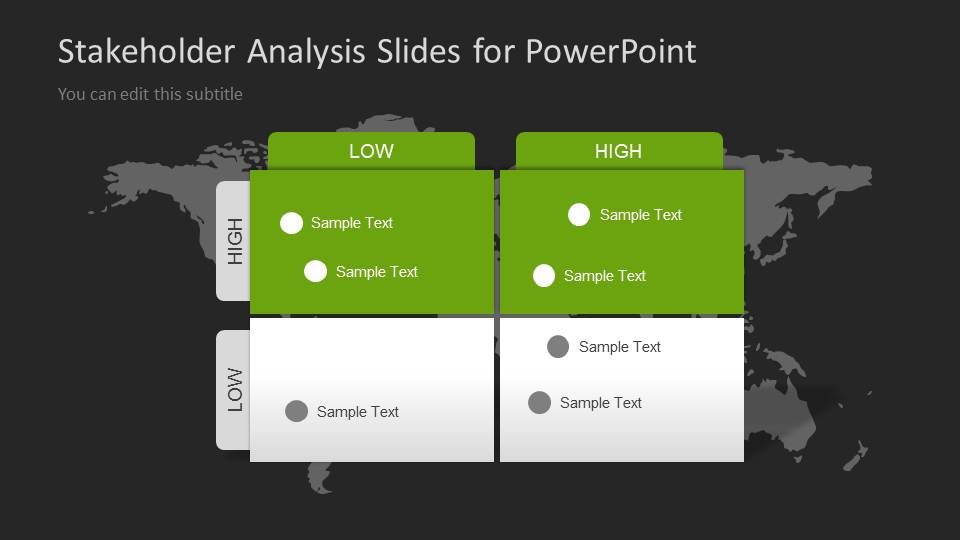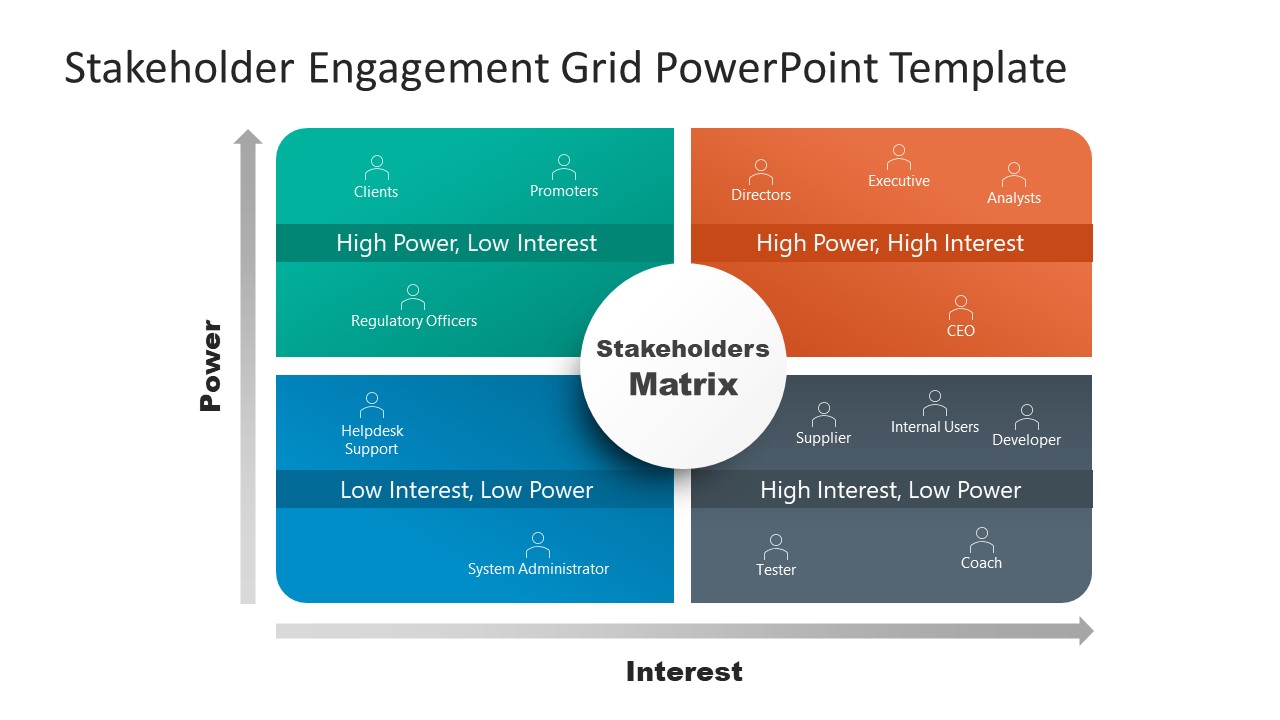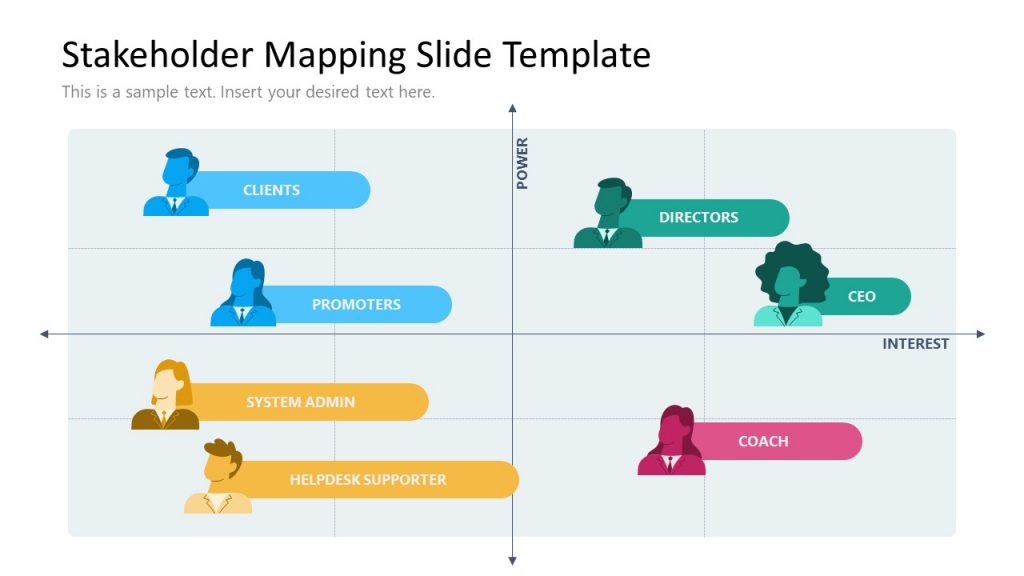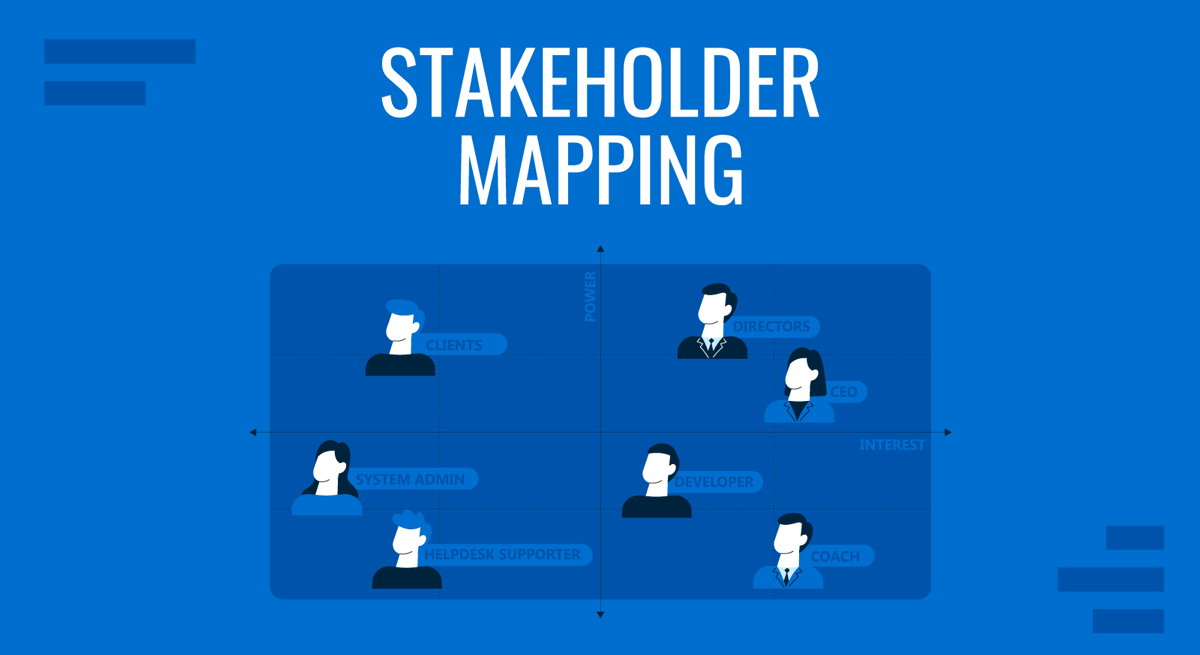
When initiating a complex project involving multiple individuals and entities, it is crucial to follow a structured approach that starts with comprehending stakeholders’ diverse interests and influences. This understanding serves as the foundation for developing effective stakeholder management plans. Now comes the elephant in the room – how do you cultivate such a deep understanding?
You can begin by drafting a stakeholder map, which involves identifying individuals and groups that may participate in or influence the project. If you’re leading design projects, read on as we explore the stakeholder mapping process.
Table of Contents
- What Is Stakeholder Mapping?
- What Are the Types of Stakeholders?
- Benefits of Using Stakeholder Mapping
- How to Create a Stakeholder Map
- How to Map the Relationship Between Stakeholders
- Using Stakeholder Mapping in Business Decision-Making
- Stakeholder Mapping Case Study
- Recommended Stakeholder Mapping Templates
- Conclusion
What Is Stakeholder Mapping?
Stakeholder mapping is a crucial initial activity during the requirements-gathering phase in project management. It visually represents the individuals or groups within or outside an organization involved in a project or an initiative. It helps understand their interests, influence, and relationships, ultimately enabling effective stakeholder management.
Stakeholder Theory, developed by R. Edward Freeman, provides the theoretical foundation for stakeholder mapping and offers insights into the significance of stakeholders in organizational success. The theory argues that a firm should create value for all stakeholders, not just shareholders.
This broader perspective emphasizes the interconnectedness between organizations and their stakeholders, highlighting the need for proactive engagement and collaboration.
What Are the Types of Stakeholders?
The stakeholder mapping process involves categorizing stakeholders based on their influence, power, and interest in the project or organization. This categorization in the stakeholder analysis allows for a systematic understanding of stakeholders and helps prioritize efforts in engaging and managing them effectively.
Internal vs. External Stakeholders
We can categorize stakeholders into two broad sectors: internal and external. This distinguishes between stakeholders who are directly involved within the organization and those who exist outside of it.
Internal Stakeholders
Internal stakeholders encompass individuals or groups directly connected and involved with the organization. Although their engagement level may vary, they often play crucial roles in shaping the organization’s operations, decision-making, and overall success. Some of the entities that may fall under this category include:
- Employees who contribute to the organization’s functioning at various levels and departments.
- Management and executives who are responsible for strategic decision-making, goal-setting, and resource allocation.
- Shareholders who have financial interests and expectations tied to the company’s performance.
- Board members who provide oversight and governance to the organization.
External Stakeholders
External stakeholders are the entities that exist outside an organization’s immediate operational structure but have indirect influence over its activities and success. They are likely to be affected by the organization’s actions, so it’s important to consider their perceptions in project designs. Some examples of external stakeholders include:
- Customers and clients whose perception of the organization impacts its brand image and public standing.
- Regulatory bodies like the government who set policies and compliance standards that affect the organization’s operations and industry.
- Creditors or financial institutions who have external stakes in the organization.
Types of Stakeholders Based on their Importance
Categorizing stakeholders based on their interest or involvement and level of influence in a project is another valuable approach. When you know the degree of influence and interest an entity has over a project; you are in a much better position to engage them.
- High Interest, High Influence Stakeholders: Stakeholders in this category are deeply invested in the project and have significant influence over its outcomes. They closely follow project developments, and their actions or decisions can significantly impact the project’s success.
- Low Interest, High Influence Stakeholders: Stakeholders in this category may have limited interest or involvement in the project, but their actions or decisions can significantly impact the project’s success. They possess power or resources that can influence project outcomes.
- High Interest, Low Influence Stakeholders: Stakeholders in this category have a keen interest in the project but may not have substantial influence or decision-making power.
- Low Interest, Low Influence Stakeholders: Stakeholders in this category have minimal interest or influence in the project. Their level of involvement and potential impact on the project is low.
Benefits of Using Stakeholder Mapping
Stakeholder mapping is a valuable process that offers several benefits when initiating a complex project involving multiple individuals and entities. For one, by engaging with key stakeholders early on, you can understand the level of their involvement or interests and influences on your project – ultimately helping you create effective stakeholder management.
When you know the people you’re dealing with within a project, you can create communication strategies and proactive engagement that aligns with their goals. This can lead to greater stakeholder buy-in and better project outcomes.
Additionally, stakeholder mapping is essential for risk management. With the knowledge from the analysis, project managers can allocate resources accordingly for targeted risk mitigation strategies with stakeholders who pose the most significant risks.
How to Create a Stakeholder Map
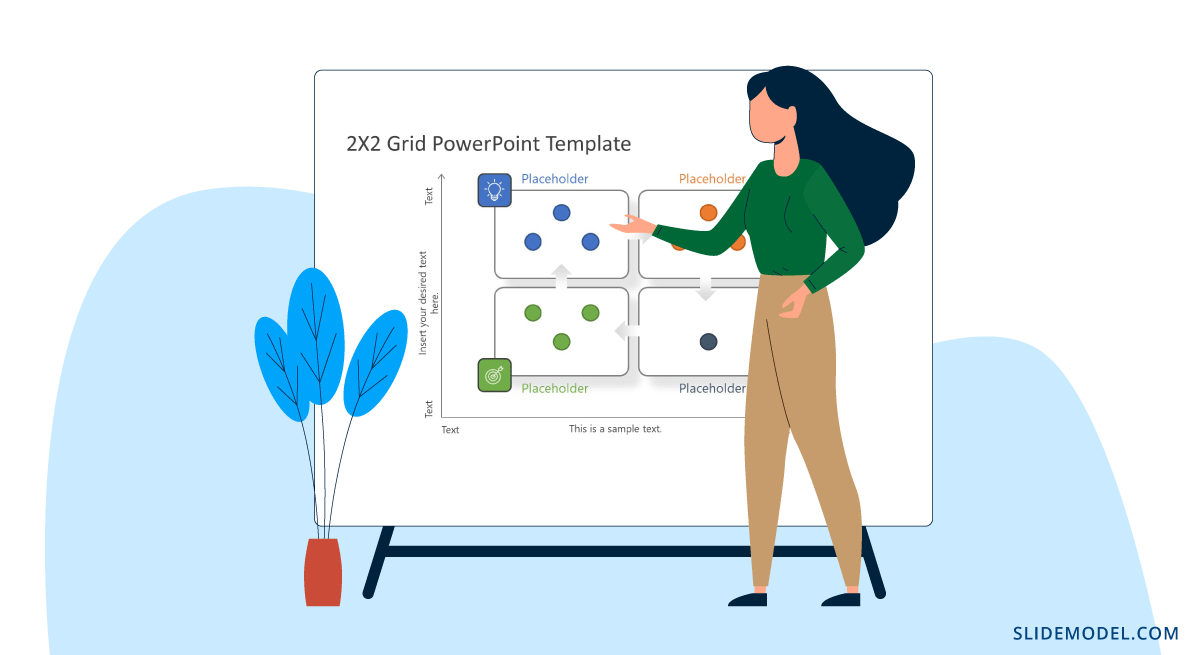
1. Identify Stakeholders
Stakeholder mapping begins by brainstorming and identifying all potential individuals who may be directly involved in or affected by the project. You may go back to the project charter or scope during this activity and review what needs to be done. From there, you can identify the key areas and activities that may impact or involve stakeholders.
Asking yourself the following questions may also help generate a comprehensive list of potential stakeholders.
- Who are the key decision-makers and project sponsors?
- Who are the project team members?
- Who are the project beneficiaries or end-users?
2. Analyze Stakeholder Characteristics
Once you have the list of the stakeholders, you need to understand their roles, level of interest or involvement, and impact on the project. Consider factors such as their decision-making power and the resources they control. This analysis helps in understanding each stakeholder’s level of influence and importance.
It is also paramount for project teams to understand the degree of backing or resistance they may encounter from different stakeholders. This can be achieved through stakeholder interviews and surveys or by gathering feedback through communication channels.
3. Prioritize Stakeholders
Based on your analysis, assign priority levels to stakeholders based on their significance to the project’s success.
Take, for example, Jack Ma’s approach during Alibaba’s IPO. For him, the priority should be “Customers first, employees second, and shareholders third.” He explained that creating long-term value for shareholders is closely tied to creating sustainable customer value. So customers must come first.
However, prioritizing stakeholders is not a one-size-fits-all approach, and no universal formula applies to every situation. The prioritization process may vary depending on the project, industry, organizational context, and specific goals.
Based on your project objectives and requirements, identify stakeholders who require high levels of engagement and proactive management due to their strong influence or impact on the project. Similarly, identify stakeholders with lower priority who may require less intensive management.
How to Map the Relationship Between Stakeholders
When it comes to mapping relationships with project stakeholders and visualizing engagement plans, there are various templates available that can assist you in organizing and presenting the information effectively. Here are a few commonly used PowerPoint templates:
1. 2×2 Stakeholder Matrix Template
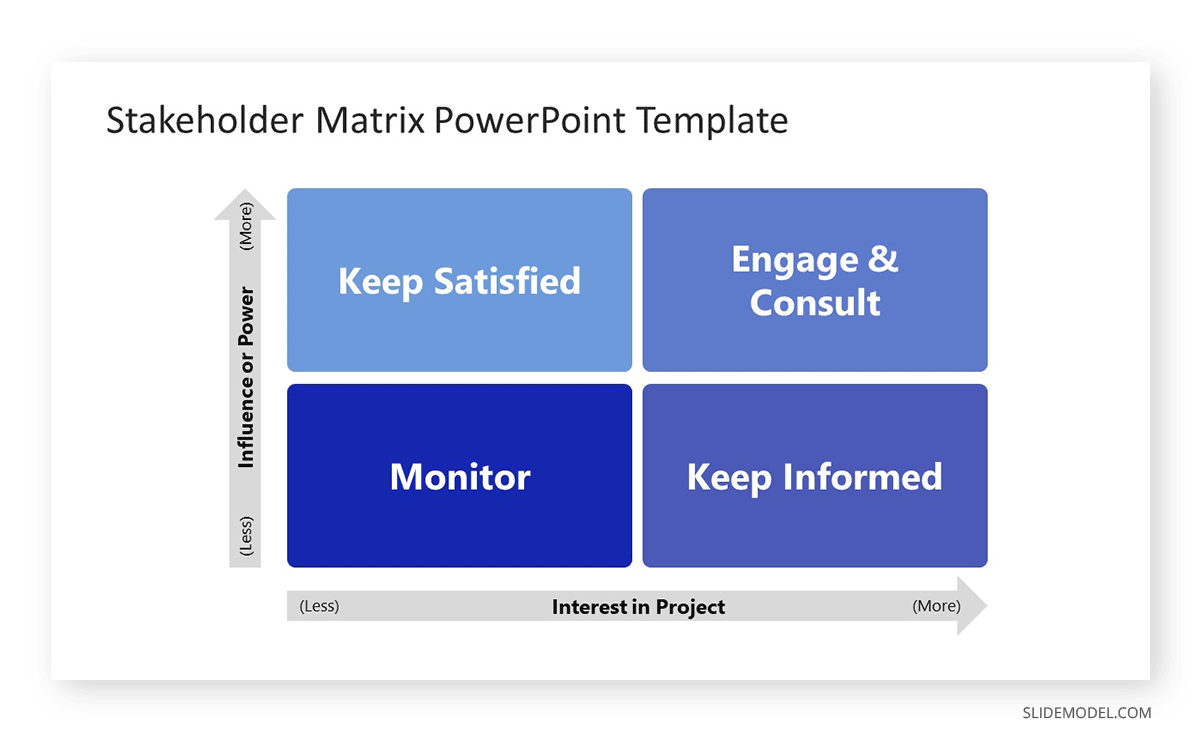
This stakeholder template is a simple matrix that uses a 2×2 chart to display the four categories of stakeholders based on two parameters, i.e., power and interest. It allows you to prioritize your engagement efforts by focusing on stakeholders in the high-power/high-interest quadrant, as they have significant influence and are closely involved in the project. It also helps identify stakeholders in other quadrants who may require tailored communication and management approaches based on their unique characteristics.
Here are the levels of engagement each quadrant requires according to this model:
High Power/Influence, High Interest: Regularly communicate project updates and consult on key project decisions and activities.
High Power/Influence, Low Interest: Provide periodic project updates, address potential concerns, and seek approval when necessary to maintain their satisfaction.
Low Power/Influence, High Interest: Provide relevant information regarding project activities and show appreciation for their involvement and engagement.
Low Power/Influence, Low Interest: Keep a watchful eye on their activities or potential impacts on the project.
2. Stakeholder Engagement Matrix Template

This stakeholder assessment matrix evaluates stakeholders based on their attitude toward a project. It visualizes the current attitude as opposed to the desired attitude of each stakeholder. The desired attitudes reflect the project’s goals, aiming to shift stakeholders from their current positions to more favorable ones. With this understanding, project teams can devise appropriate strategies to address concerns, gain support, or mitigate resistance.
You may use this template alongside the 2×2 matrix template mentioned before to prioritize your engagement efforts with critical stakeholders and develop tailored strategies to manage their concerns.
Also, check our complete collection of Stakeholder PPT templates.
Using Stakeholder Mapping in Business Decision-Making
With the wealth of information gathered through stakeholder mapping, you can develop robust stakeholder management strategies to guide them throughout the project lifecycle. These insights form the foundation for effective engagement, communication, and stakeholder alignment.
1. Communication and Stakeholder Engagement
The stakeholder management strategies derived from stakeholder mapping serve as a roadmap for actively involving stakeholders. By knowing who they are and their interests, you can tailor your communication strategies to engage stakeholders effectively.
Each stakeholder may have varying communication preferences depending on their position in the project. For example, stakeholders with high involvement and influence may require more personalized and detailed communication. You may need to hold regular face-to-face meetings with them to discuss project details and address their specific concerns.
The key is to communicate in a manner that works best for your stakeholders. Explore and select the most appropriate communication channel for them: email investment newsletters, social media, or in-person group meetings.
2. Risk Management
Stakeholder mapping is important in risk management as it is a foundational step to understanding each individual’s importance in the project and, by extension, the threat they possess. Stakeholders with strong influence and interest generally hold the most risk.
Knowing this, you can allocate resources and develop targeted risk mitigation strategies to address the most critical concerns first. Start by conducting a comprehensive assessment of the risks associated with each key stakeholder, including the factors that could impact stakeholders’ relationships.
For example, regulatory agencies responsible for issuing permits may pose a significant risk to your project’s timely completion. To address this risk, you allocate specific resources – like open lines of communication – to engage with the authority early on in the project and seek feedback to ensure compliance from the outset.
3. Managing Expectations
It’s important to acknowledge that meeting the needs and expectations of all stakeholders may not always be feasible or practical. Stakeholders often have diverse and sometimes conflicting interests, and it may be challenging to satisfy everyone simultaneously. But, you need to be at least able to manage their expectations.
In such situations, the insights from your stakeholder mapping activity become even more valuable. Since stakeholders have diverse interests, perspectives, and levels of influence, you’ll need to approach each group differently.
For key decision makers, for example, you may need to demonstrate that you are progressing to align their expectations with the timeline. You need to be transparent about the project’s limitations and constraints so they can understand any trade-offs that need to be made.
4. Identifying Alliances
When building strategic alliances, businesses should focus their efforts on stakeholders who possess both strong interests and strong influence. These stakeholders are particularly important because they often have the resources and the power to make a project succeed.
Once you identify the groups useful to an alliance, you need to know their desires and identify common ground where collaboration can be mutually beneficial. This understanding will help you tailor your approach and value proposition when engaging with stakeholders.
Stakeholder Mapping Case Study
Stormedic is a technology start-up developing an electronic medical record app. To ensure a smooth entry and maximize their chances of success, they recognized the importance of understanding the local ecosystem and engaging with key stakeholders. They conducted extensive research to identify the key stakeholders in the healthcare ecosystem relevant to their electronic medical app.
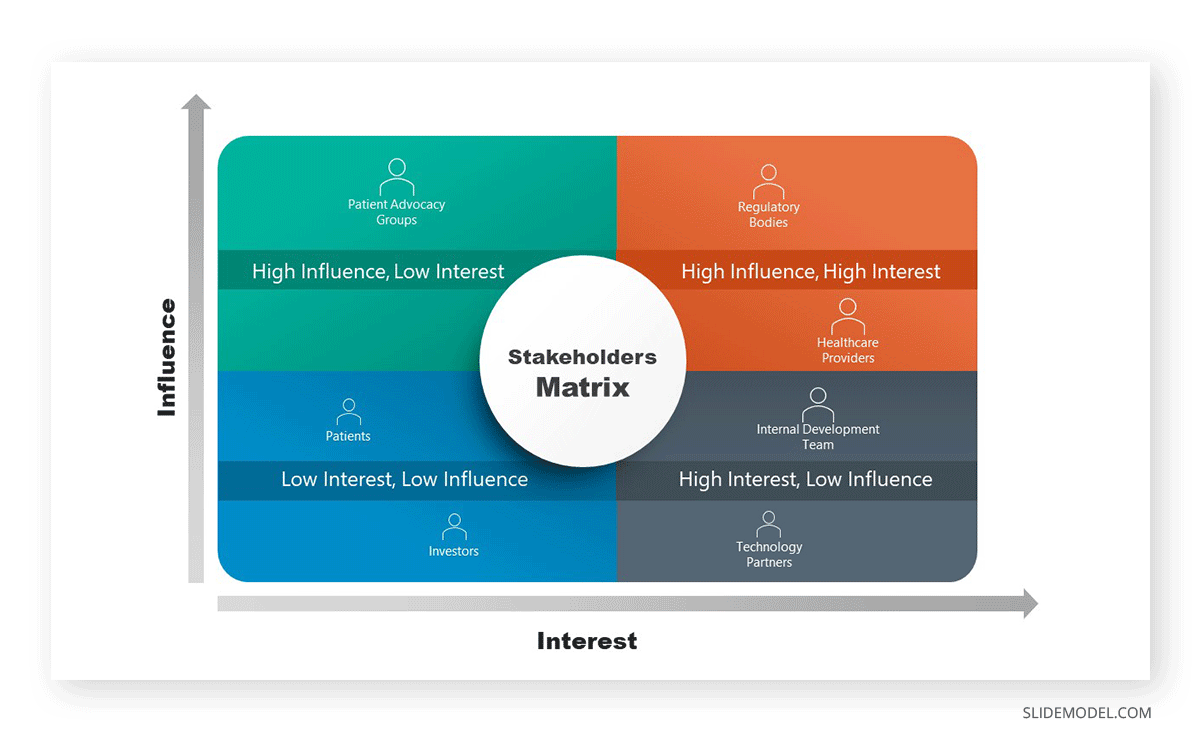
High Influence, High Interest:
- Regulatory Bodies: These stakeholders, such as government regulatory agencies, have substantial influence over compliance, licensing, and standards of the electronic medical app.
Next step: Educate the regulatory bodies about the features of the electronic medical app and engage in proactive dialogue to learn about their expectations, guidelines, and any upcoming changes in regulations.
- Healthcare Providers: This stakeholder group, comprising hospitals, clinics, and healthcare professionals, plays a crucial role in the adoption and utilization of the electronic medical app.
Next step: Engage in collaborative initiatives or pilot programs with select healthcare providers to understand their specific needs and requirements.
High Influence, Low Interest:
- Patient Advocacy Groups: While these stakeholders may not have a direct financial interest, they possess significant influence in advocating for patient rights, improving healthcare quality, and driving patient-centric initiatives.
Next step: Reach out to patient advocacy groups and listen to perspectives and concerns. Establish the value of the electronic medical app, including its benefits and how it can address patient needs.
Low Influence, High Interest:
- Internal Development Team: Although internal to XYZ Tech, the development team is highly interested in successfully implementing the electronic medical app. Their expertise and commitment are essential for the app’s design, development, and ongoing improvement.
Next step: Conduct regular team meetings to discuss progress, challenges, and next steps. Acknowledge their contributions and celebrate milestones.
- Technology Partners: Collaborating with technology partners, such as software providers or data analytics companies, can offer XYZ Tech access to advanced technologies, expertise, and additional resources that can enhance the functionality and performance of the electronic medical app.
Next Step: Clarify the roles, responsibilities, and expectations of each technology partner in the collaboration.
Low Influence, Low Interest:
- Patients: While individual patients may have low influence, they are the ultimate beneficiaries of the electronic medical app. Understanding their needs, preferences, and user experience is crucial for delivering a valuable, user-friendly solution.
Next Step: Offer readily accessible customer support channels, such as helplines, online chat, or email, to address any inquiries or issues patients may encounter.
- Investors: Although investors provide financial support, their influence over day-to-day operations may be limited. However, keeping them informed about the progress and milestones achieved is important for maintaining their support and securing future funding.
Next Step: Maintain transparency in financial reporting. Develop a regular communication strategy to inform investors about the company’s achievements, milestones, and market updates.
Recommended Stakeholder Mapping Templates
In this section, see the list of our selected stakeholder mapping templates to help you represent the interests and influence of different stakeholders in your projects.
Conclusion
Stakeholder mapping is crucial in initiating and managing complex projects involving multiple individuals and entities. Project managers can develop effective stakeholder management plans that lead to project success by comprehensively understanding stakeholders’ interests, influences, and relationships.
The use of mapping templates further enhances the effectiveness of stakeholder mapping. With these templates, project teams can streamline stakeholder management processes and make informed decisions contributing to project success.
